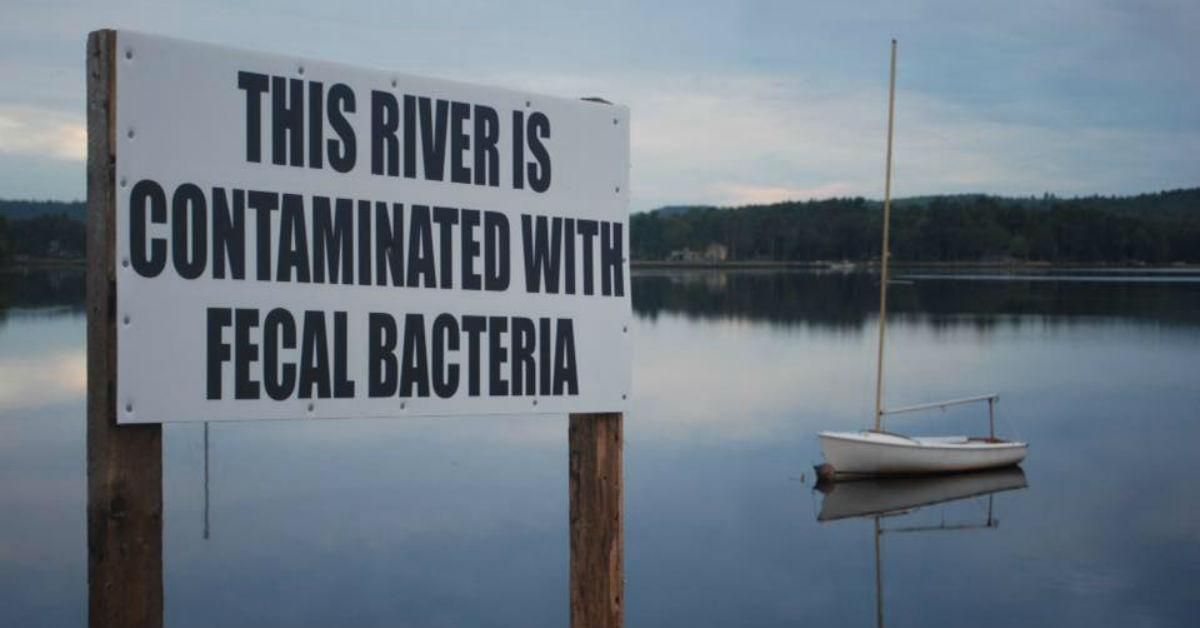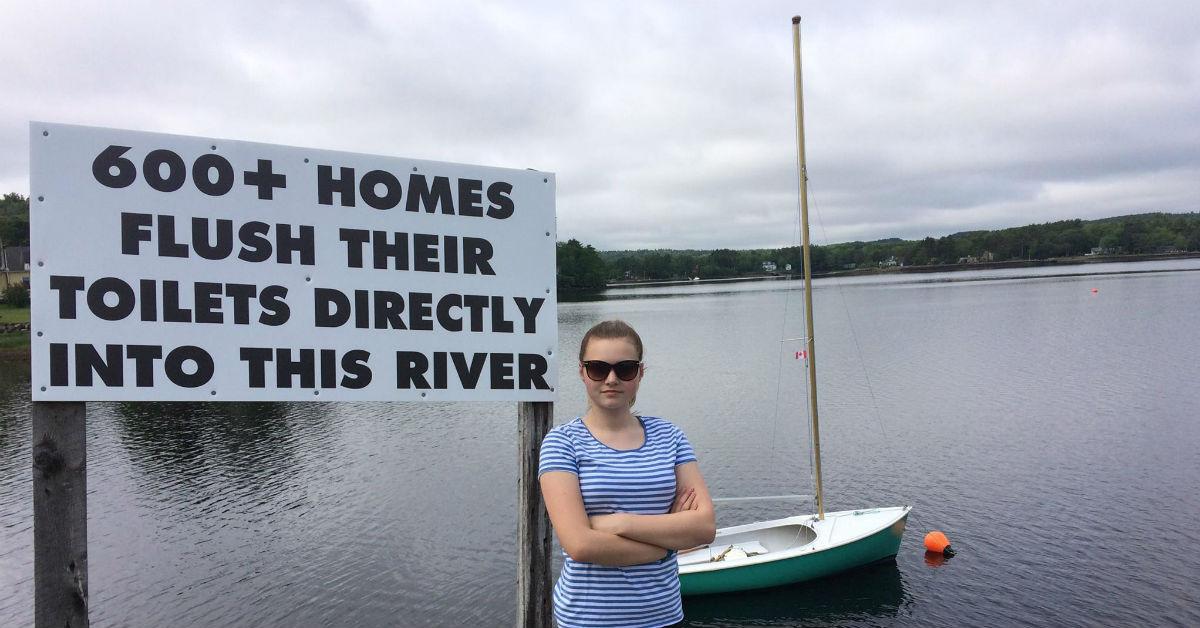How A Teen Girl Got The Government To Clean Up Her Hometown River
Stella Bowles convinced the Canadian government to stop polluting the LaHave River with a simple science fair project.
Updated May 31 2019, 12:39 p.m. ET
Stella Bowles convinced the Canadian government to clean up the LaHave River after years of unchecked sewage contamination—and she’s only 14 years old.
Bowles achieved this victory after testing water samples herself and discovering fecal bacteria in the river. She embarked on a project to demonstrate the depths of the contamination and agitate for change, and although she only won a silver medal at her school science fair, she earned first place in her age group at the International Young Eco-Hero Awards this year.
Bowles was actually 11 when she first began studying the river, located near her home in Nova Scotia. She wasn’t interested in it from a scientific perspective, at least not initially. She just wanted to swim in the river, but her mother Andrea Conrad always told her no. Bowles didn’t understand why until she heard Conrad reference neighbors using straight pipes. She asked what those were. “[My mom] explained it’s a pipe from a home’s toilet into a waterway, with no filtration whatsoever,” Bowles told CityLab. “I had so many questions.”
Her curiosity triggered, Bowles scooped some water out of the river. She took it home and ran it through a filter funnel, placing it on a card that tests for enterococci, a bacteria found in the human gastrointestinal tract. The test came back positive, but that wasn’t the worst of it. As CityLab reports, Bowles’ test results revealed a level of contamination above Canadian standards for swimming and boating.
Bowles took the test personally. This wasn’t just her local river — it was the river her younger brother and so many others sailed on, completely unaware of the health threats it posed. She posted her findings to Facebook page to spread the word on social media and erected a sign right by the pier. “This River Is Contaminated With Fecal Bacteria,” it read.
Later testing revealed that 600 straight pipes were sending sewage into the river, and the government was doing very little to change that. But Bowles kept crusading, eventually installing a second sign that warned, “600+ Homes Flush Their Toilets Directly Into This River.” Her efforts rose local awareness and finally, the Canadian government announced $15.7 million in funding to clean up the LaHave River. The pledge includes plans to replace all the straight pipes by 2023. According to CBC, current projections anticipate 75-100 pipes will be replaced by the end of 2018.
“This was supposed to be a little science project, and it quickly got so much bigger,” Bowles told CBC. “I think it’s partly because adults are kind of ashamed that it took a kid to tell them the river is not safe.”
Bowles has turned her experience into a book, co-authored with Anne Laurel Carter. It’s called My River: Cleaning Up the LaHave River, and it’ll debut this September. Bowles dreams of it becoming part of Nova Scotia school curriculums in the future. But for now, she hopes her story inspires young people to take up a cause, no matter how difficult it seems.
“I hope it can show them that your age shouldn’t put a limit on what you can do,” she told CBC. “Age is just a number.”


